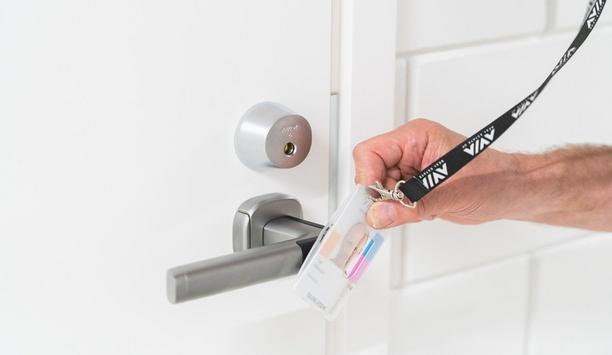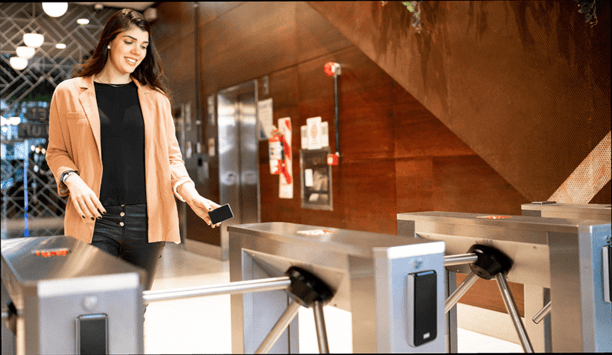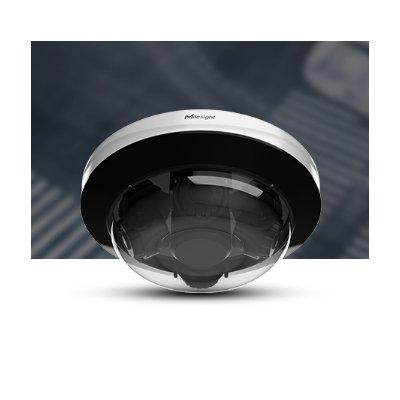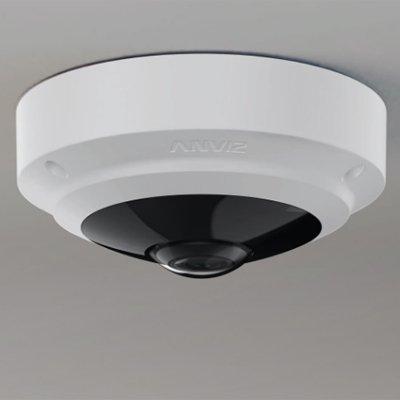The U.S. Chemical Safety Board (CSB) released a new safety video about the fatal explosion that occurred on April 3, 2017, at the Loy-Lange Box Company in St Louis, Missouri, USA.
The incident occurred when a severely corroded pressure vessel catastrophically failed, causing an explosion that launched the pressure vessel into a neighbouring building. One worker and three members of the public were fatally injured.
The safety video includes an animation of the sequence of events leading to the incident and interviews with both the CSB’s Interim Executive - Steve Owens and Lead Investigator - Drew Sahli.
Investigation findings
During its investigation, the CSB found that over many years, an area of the failed pressure vessel had thinned due to a known corrosion mechanism that was poorly controlled at Loy-Lange.
And the CSB found that Loy-Lange repeatedly ignored clear warnings that corrosion was causing major problems within its operations. The CSB found that before its failure, Loy-Lange ran the pressure vessel normally despite knowing that it was leaking.
Factors contributing to corrosion
The result was that a severely corroded pressure vessel, which presented a serious safety hazard"
In the video, Interim Executive - Steve Owens summarises the CSB findings, “The incident at Loy-Lange resulted from a tragic series of circumstances, ineffective corrosion management, inadequate pressure vessel repair, a lack of inspections, and the absence of sound safety management systems.”
He adds, “The result of those factors was that a severely corroded pressure vessel, which presented a serious safety hazard, was allowed to operate until it ultimately failed, resulting in the death of four people.”
Thin steel is the root cause
The potential for corrosion was a well-known problem at Loy-Lange. During its time operating the pressure vessel that failed, Loy-Lange experienced at least three leaks due to corrosion. In response to a 2012 leak, a repair company removed most of the area of the pressure vessel where the failure occurred.
The company patched it with new steel but left some of the original steel in place. The original steel, however, was also thinned from corrosion, and between 2012 and 2017, it continued to degrade.
The CSB found that it was the unacceptably thin remaining material from that repair that failed, initiating the incident.
No installation or repair application
The CSB also found that the City missed opportunities to identify the unpermitted pressure vessel
The CSB also learned that Loy-Lange never applied for an installation or repair permit for the pressure vessel, or otherwise registered the vessel with the city of St. Louis.
Therefore, although the City required annual inspections of boilers and pressure vessels, the CSB found that there was no record of a city inspector ever having inspected the pressure vessel.
The CSB also found, however, that the City also did not inspect the Loy-Lange steam generators as frequently as required by the City’s code and therefore missed opportunities to identify the unpermitted pressure vessel that was near one of the Loy-Lange steam generators.
Ensuring fit to operate vessels
Interim Executive - Steve Owens concludes the video by saying, “Leaking pressure vessels can be dangerous and should be thoroughly evaluated to ensure they are fit to operate. But even before a pressure vessel is compromised there are many ways for companies to ensure that damage mechanisms, including corrosion, are properly understood and controlled. Doing so can prevent catastrophic incidents before they ever happen.”
Core mission activities
The CSB’s core mission activities include conducting incident investigations; formulating preventive or mitigative recommendations based on investigation findings and advocating for their implementation; issuing reports containing the findings, conclusions, and recommendations arising from incident investigations; and conducting studies on chemical hazards.
The agency's board members are appointed by the US President subject to Senate confirmation. The Board does not issue citations or fines but makes safety recommendations to companies, industry organisations, labour groups, and regulatory agencies such as OSHA and EPA.



















